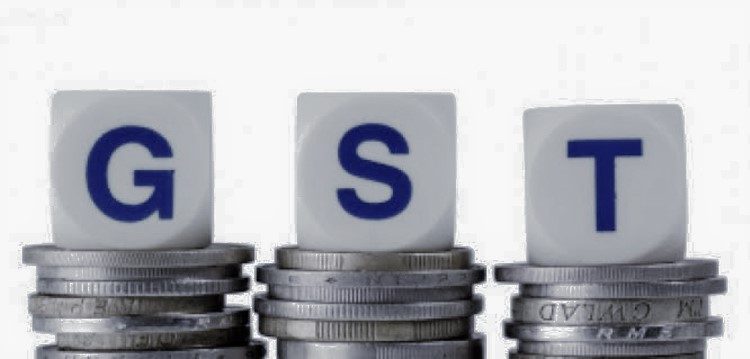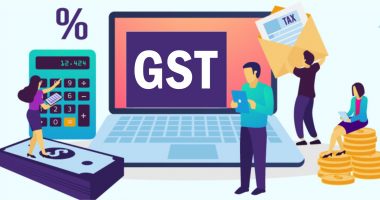Currently, a lot of commodities do not come under the GST net. Hence, the new government will need to pay attention to GST. It’s vital to enhance GST coverage.
As on today, electricity and real estate are outside the scope of GST. The central and the state government have delayed getting petroleum into the GST net.
However, they have agreed to levy excise and Value Added Tax (VAT) on it. A case has been registered for getting natural gas and Aviation Turbine Fuel (ATF) into the GST net.
The new government should bring real estate under the GST net. This needs to be done because the construction segment alone gets subjected to GST charges.
The government should focus on getting land, building constructions, and selling completed constructions under the GST net so that the complete value chain is covered.
There is now a comprehensive agreement according to which land and real estate do not require a constitutional amendment. Also, the ‘right to use’ land and its construction along with the sale of a constructed property can all be considered as ‘deemed supply of services’. This measure can cause a severe blow to the generation of black money and will also aid in cleaning up the land market.
Also Read: Government plans to introduce GST e-invoices to curb tax evasion
There might not be any significant revenue gains on the GST front. This is because the input duty credit would mostly nullify the GST payable on the output duty services and will increase revenues out of direct taxes.
Another focus area for the new government would be to include electricity under the GST net. People have a misconception that with this step, the power tariffs will go high. However, it would help in offsetting duties that are levied on input goods, input services, and capital goods.
When it comes to supply of electricity, the embedded taxes account for a substantial percentage of the tariff value, which is about 8%. This is mostly because of the taxes on equipment (batteries and solar panels) and raw materials (renewable energy and coal).
By including electricity under the GST net, there could be some loss of revenue to the states. However, it will be a small price that needs to be paid. This step will boost the Indian manufacturing sector and make them more competitive.
A former Chief Economic Adviser suggested in his GST report that by increasing the taxable components of GST, the rate rationalisation’s task becomes much easier. It will be possible to shift from the current five-rate structure to a three-rate one under GST by merging the slabs 12% and 18% into a 16% duty slab.
With this step, there could be a rate structure of 0%, 5%, 16%, and 28% plus a cess. After the revenue increases, the cess could be discontinued. Also, a duty rate of 40% can be introduced for demerit goods.
The idea of a single-rate GST structure is unrealistic. This is because, for implementing a single-rate GST structure, the duty rate needs to be increased on several merit goods. Currently, the duty rate is levied at 5% versus the standard rate.
The new government should also focus on addressing the procedural complexity concerns. After introducing the invoice matching, it could be essential to revisit the decision of generating an e-way bill.
Other focus areas would be to revamp the dispute resolution system and eliminate insignificant offences from the domain of disputes by listing them and imposing administrative charges versus penalties.
Lastly, a new institution needs to be set up at the state level to focus on the institutional void. In every state, a GST secretariat will be required to tackle the non-policy issues daily, which is related to the implementation of GST.
With this forum, industry and trade-related grievances can be brought to the notice of both the state and central officials. This forum can turn into a registered body along with a dedicated secretariat, similar to the empowered committee of state finance ministers.
Bhavana is a Senior Content Writer handling the GST vertical. She is committed, professional, and has a flair for writing. When away from work, she enjoys watching movies and playing with her son. One thing she can’t resist is SHOPPING! Her favourite quote is: “Luck is what happens when preparation meets opportunity”.




